The International Organization for Standardization (ISO) made regulations on the observation environment and in 2000, namely ISO3664: 2000:
1. Spectral requirements of the light source
According to the requirements of ISO3664: 2000, ordinary fluorescent tubes can never be used as a light source for color observation. Special fluorescent tubes that meet the following technical requirements must also be used:
(1) The color temperature of the light source must be 5000K-6500K. The effect of observing color at this color temperature is basically similar to the observation effect under natural light in most areas of China from 8 am to 10 am and 3 pm to 5 pm.
(2) Light source index Ra> 90
2. Brightness requirements of the light source
(1) The brightness of the light source on the surface of the object to be observed through reflection should reach 2000 Lux (/ -500 Lux). The illuminated surface is within the range of 1mX1m, the brightness of any point shall not be lower than 75 of the central brightness of the illuminated surface
(2) The brightness of the light source on the surface of the object under observation through transmission should reach 1270cd / m2 (/ -320cd / m2)
(3) The brightness of the display should reach> 75cd / m2
3. Requirements for the surrounding environment of the light source
(1) Other illumination light sources around the observation light source cannot directly or indirectly affect the surface of the observed object.
(2) Observe the wall panels around the light source. The top and bottom (including the observer's own clothes) cannot use other colors, only neutral gray with a reflectivity of <60.
(3) When observing a color transmissive photo, there must be a frame with a degree of more than 50mm around the photo, and the color of the frame must be black with a blackness of> 90.
4. Softness requirements of light source
The printed observation light source must have a scientifically designed ambient light system to ensure that the energy of the light emitted by the fluorescent tube is radiated as uniformly as possible on the surface of the illuminated object, and there is no flare or shadow of light.
Definition of standard light source
Because it effectively solves the product quality problems caused by the same color heterogeneous effect, it is respected by printing, printing and dyeing, photography, advertising and other fields that have certain requirements for color. So what is it and how is it defined? To answer this question, we must first introduce the relevant indicators of light sources.
Photometric index
Luminous flux, unit: lumens (lm). The total amount of light emitted by the light source per unit time is called the luminous flux of the light source.
Luminous intensity, unit: candela (cd). The luminous flux emitted by the light source within a unit solid angle in a given direction is called the luminous intensity of the light source in that direction, or simply the light intensity.
Illumination (illuminance), unit: lux (lux). It is the luminous flux of the light source illuminating the unit area of ​​the object to be illuminated.
Luminance, unit: candela per square meter (cd / m2). The brightness of a light source in a certain direction is the ratio of the light intensity of the light source in the same direction to the projected surface area of ​​the light emitting surface in that direction.
Luminous efficacy of light source, unit: the ratio of the total luminous flux emitted by the lumens / watt (lm / W) light source to the electric power consumed by the light source (watts) is called the light effect of the light source.
Average life (average life), unit: hour (h). Refers to the ignition point of a batch of lamps. The ignition hours when 50% of the lamps are damaged and not lit.
Chromaticity index
Color temperature (K). When the color of the light emitted by the light source is the same as the color radiated by the black body at a certain temperature, the temperature corresponding to the black body is called the color temperature of the light source, and is expressed by the absolute temperature K (Kelvin).
Color rendering index (Ra). We call the light source's rendering of the object's true color as the color rendering of the light source, which is expressed by the color rendering index.
That is Ra = the color that can be seen under the illumination of a certain light source ÷ the color that can be seen under the illumination of natural light
The closer Ra is to 100%, indicating that under the illumination of the light source, the difference between the color developed and the color developed under the illumination of natural light is smaller. We can compare the color differences of the following set of items under different color rendering indexes.
According to the requirements of ISO3664: 2000 formulated by the International Organization for Standardization (ISO), (including the observation environment) should also meet the following conditions:
â— The color temperature of the light source is 6500K or 5000K, and the color rendering index (Ra)> 90%
â— Illumination should be 500-2000 Lux
â— The uniformity of illuminance> 85%, that is, when the illuminance in the center with the strongest light is 100%, the illuminance in the weakest edge area should not be less than 85%
â— The background color of the light source should be light-absorbing neutral gray
â— The observation environment is not disturbed by other light or color.
Application of standard light source in the field of printing
Color and density measurement are common methods used to control the quality of copying in printing. In printing, we usually compare the copied image with the original image to determine the degree of color restoration, so as to obtain the faithfulness of the copied image to the original image. Although in the printing process, we try to adopt quantitative indicators to avoid the influence of human factors on the degree of image restoration, but the observation of the human eye still plays an important role that cannot be ignored for image restoration, so in the printing field, the human eye is controlled The error of color observation is especially necessary.
Because of the difference in light source and related observation conditions, there are also differences in the color rendering method of each material, which directly affects people's judgment on the final effect of the image. In order to avoid misunderstanding of the color reproduction effect, the use of stable in the product reproduction process The observation conditions are very important for the printing industry.
Since the color and brightness of the objects surrounding the observation environment and the surface of the observation object greatly affect the observer's perception of the color of the observation object, and the popularity of the printed object worldwide, in order to ensure that the printed object has a copy link and a final observation link A unified observation condition is imperative to promote an international observation. In 1975, the International Organization (ISO) formulated "ISO3664 to observe the lighting conditions of color perspective films and replicas." In 1989, ANSI established the "PH2.30-1989 printed materials, photographs, color prints, and projection conditions for projected laser imaging replicas. ". In 1994, ISO3664 was revised, and in 1999, ISO3664 introduced a new version. The current international observation environment is ISO3664: 2000.
Although these differ in specific details, the definition of key factors is consistent. According to these, the key factors are mainly concentrated in:
1. Spectral energy distribution of the light source
2. Luminous intensity and uniformity of the light source
3. Observe the environmental conditions (including observation environment and lighting environment)
4. Stability of lighting environment.
In simple terms, it should meet the following requirements:
â— The color temperature of the light source is 6500K or 5000K, and the color rendering index (Ra)> 90%
â— Illumination should be 500-2000 Lux
â— The uniformity of illuminance> 85%, that is, when the illuminance in the center with the strongest light is 100%, the illuminance in the weakest edge area should not be less than 85%
â— The background color of the light source should be light-absorbing neutral gray
â— The observation environment is not disturbed by other light or color.
Printing is a highly decentralized process. Many units are involved in the reproduction of color images. It is very difficult to communicate colors between different units. However, the internationalization trend of China's printing industry is becoming stronger and stronger. Imperative.
Zipper Slider
Zipper Slider had been invented at the same time once the Zipper was created, use for opening and closing the Zippers. The Zipper Slider consist of Zipper Head , Zipper Pull, some other types also have hook to as the link parts between Zipper Head and Zipper Puller. Based on the usage for Zippers, the Zipper Slider have three main kinds: Zipper Slider for Nylon Zipper, Zipper Slider for Metal Zipper and Zipper Zlider/ for Plastic Zipper. In addition, when use in the same Zipper type, auto locking Slider and Non Lock Slider can also be different on the shape. Because different Zipper type has different Zipper width and thickness. The Zipper Slider and Puller must match the Zipper, then it can be smooth and good for use.
Specifications of Zipper Slider:
1. Material: Zinc Alloy, Brass, Plastic
2. Size: 3# 4# 5#8# 10# 12# 15# 20# 30#
3. Color: Painted or plating color to follow customer's need and match the Zippr's color
4. Logo: Usually the logo can be put on the Zipper Puller
5. Usage: Zippers, garment and luggage accessory
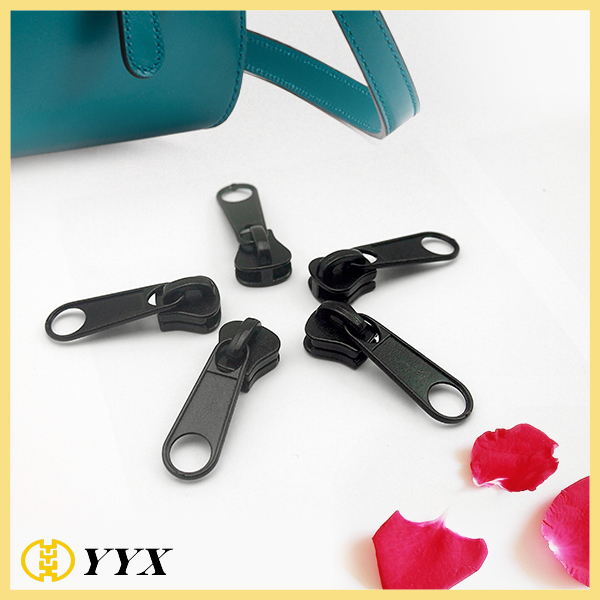

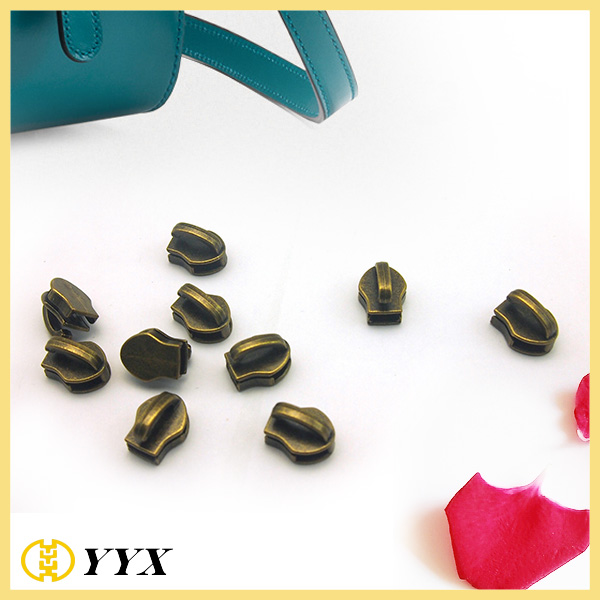
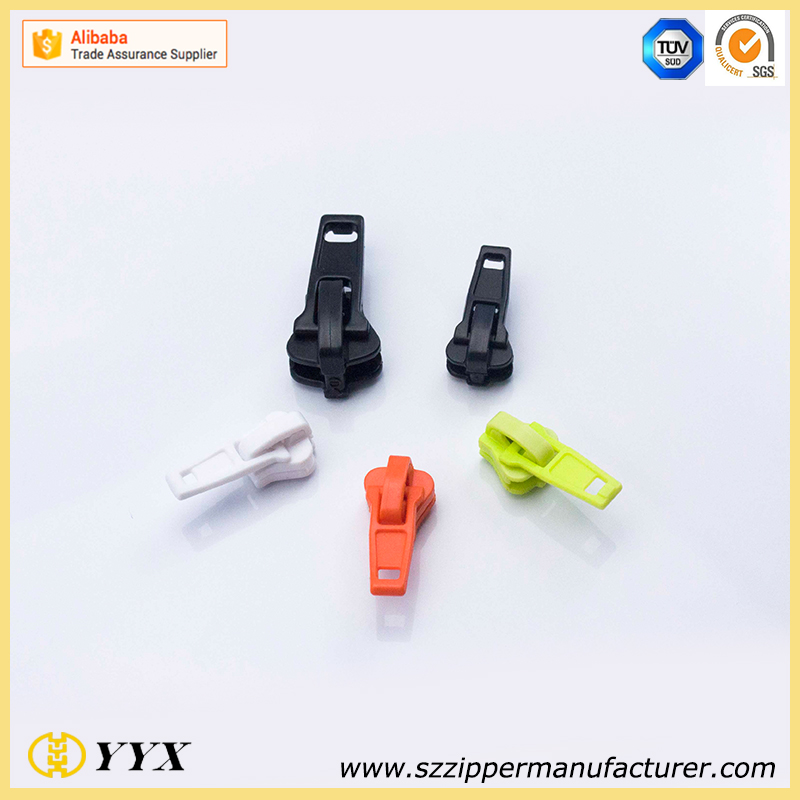
Classification of zipper slider:
The slider have many kinds: Auto Locking Slider, Non Locking Slider, Pin Locking Slider and two way bottom Slider, reverse Slider...etc
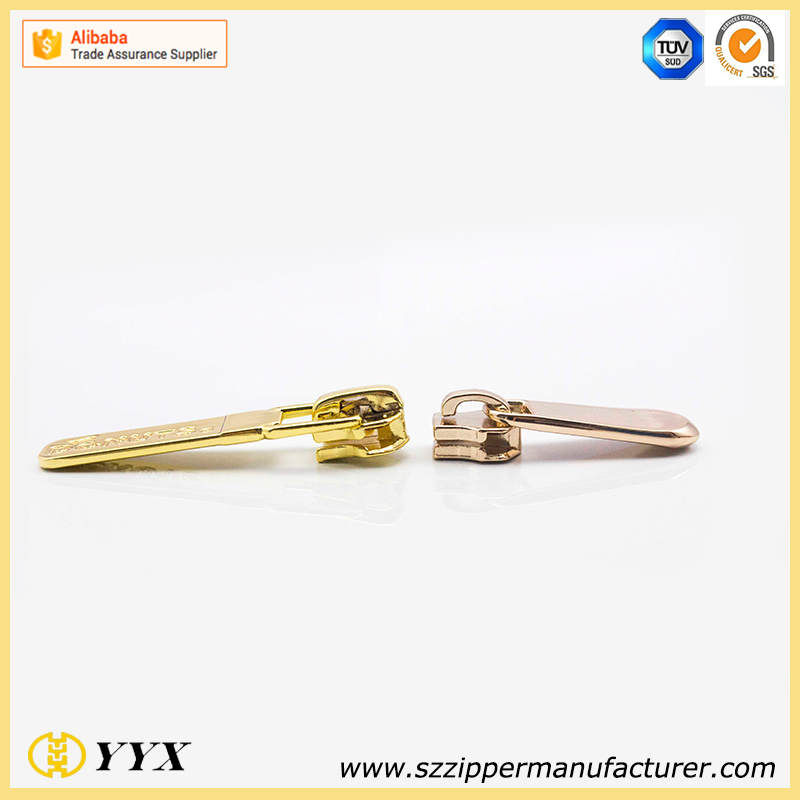

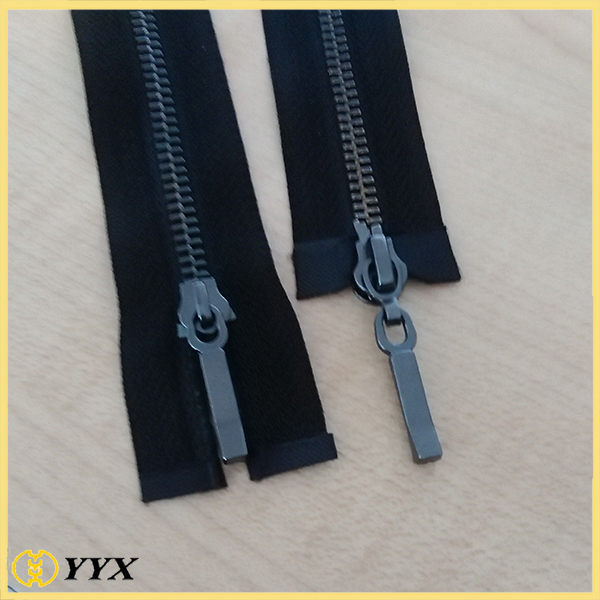
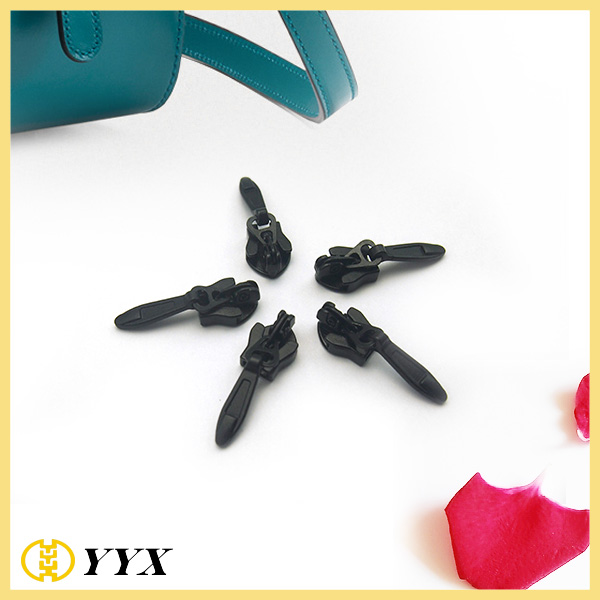
Zipper Pull as the important part of Slider, also can be treat as the decoration items. Almost customer would like printing or engraving their brand logo on the Puller. Unlike the Zipper Head, Zipper Puller has too many kinds material and shape for choice. It can be whatever the shape and features you want.
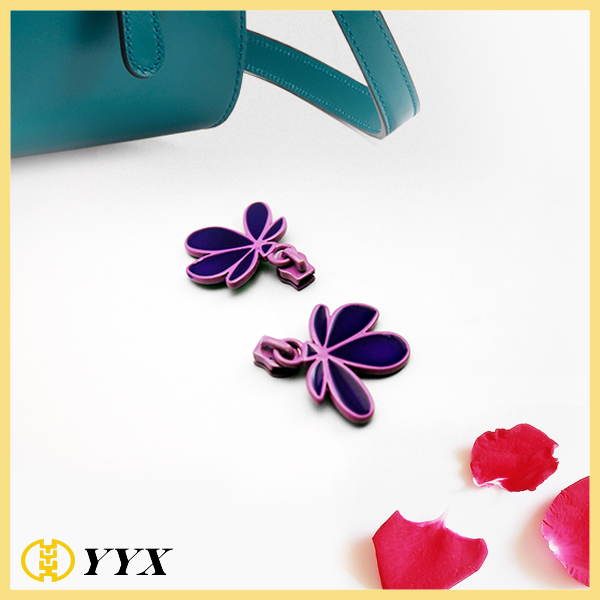
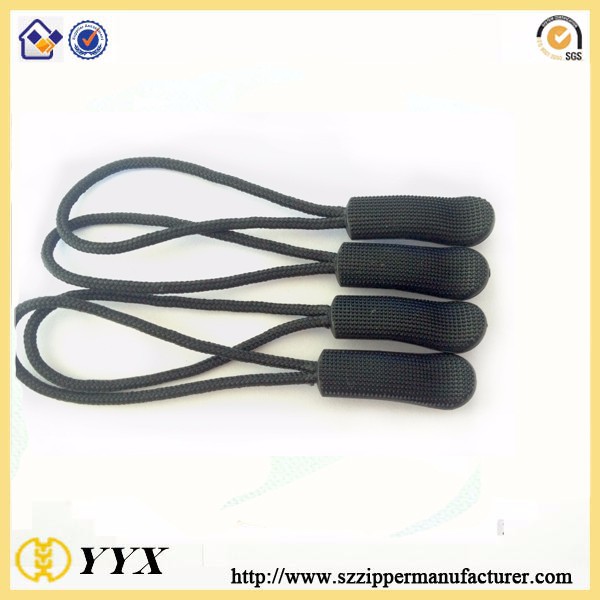

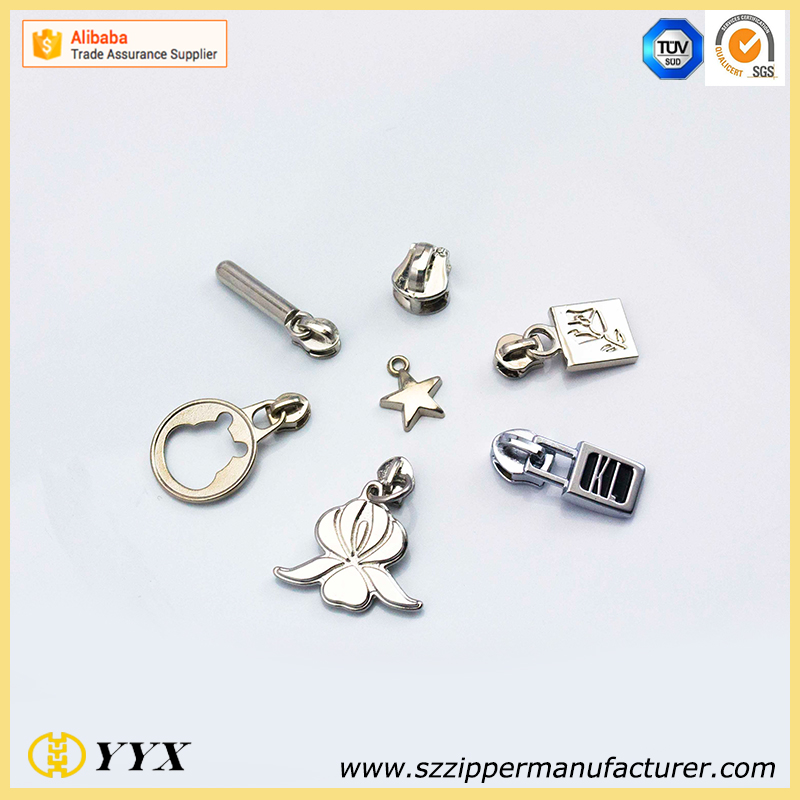
Why choose YYX ZIP?
a.Direct factory with low price
b.Professional design
c.Sample free
d.10 years export experience
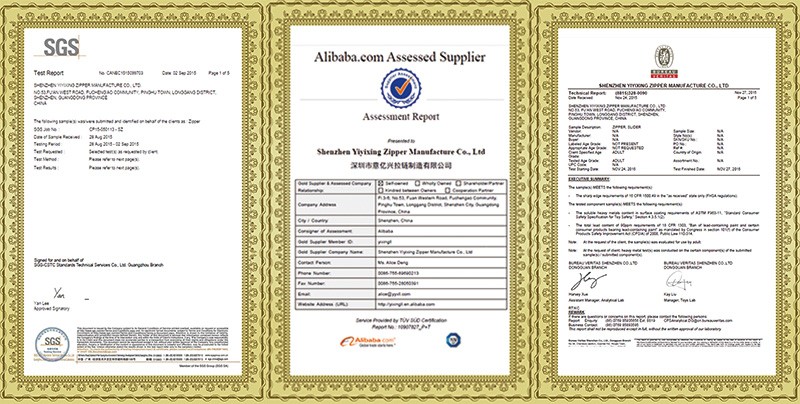
Slider Zipper,Zip Slider,Slider Zip,Slider For Zipper,Zipper Sliders
Shenzhen Yiyixing Zipper Manufacture Co.,Ltd , https://www.yyxzip.com